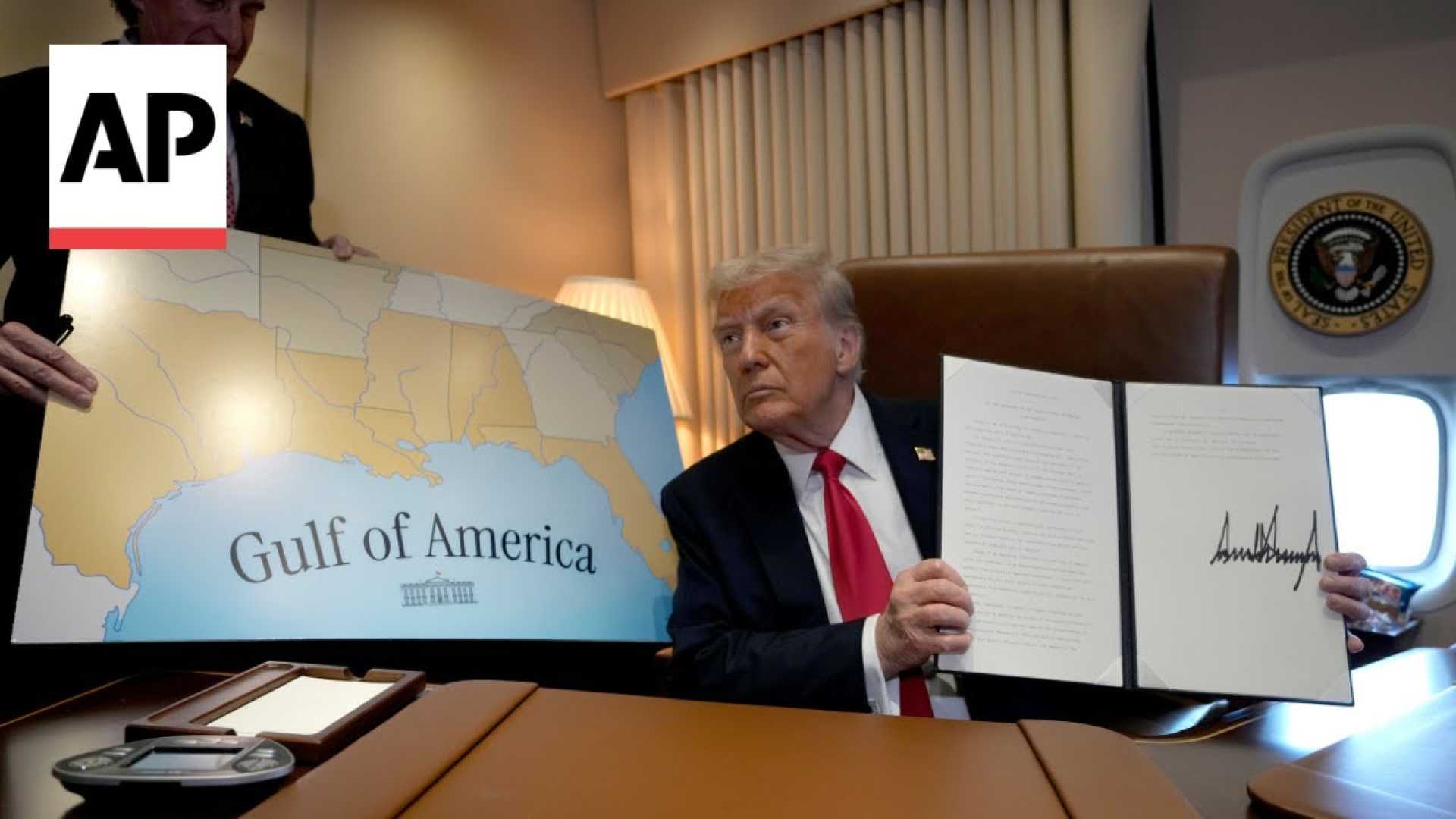Business
Trump Signs Proclamation to Modify Auto Tariffs on Air Force One

WASHINGTON, D.C. — President Donald Trump will sign a proclamation later today aboard Air Force One to adjust tariffs on automobiles, senior White House officials confirmed during a media call. The current 25% tariff on imported cars will remain in place, but additional tariffs on related materials like steel and aluminum will not stack on top of this main auto tariff.
This announcement coincides with the 100th day of Trump’s return to the Oval Office, which he plans to celebrate with a rally in Michigan, the heart of the U.S. auto manufacturing industry.
Under the new plan, domestic auto manufacturers that complete vehicle assembly within the U.S. will receive offsets for auto part tariffs. These offsets amount to 3.75% of the Manufacturer’s Suggested Retail Price (MSRP) for the first year and 2.5% in the following year. According to Fox Digital, these figures reflect the potential tariffs based on a 25% duty tax applied to 15% of a U.S.-assembled car’s value.
The 25% tariff on various auto parts will take effect on May 3. Officials explained that manufacturers can use the offset credits against the tariff. “A part comes into the country and it gets tariffed,” a senior Commerce Department official clarified. “Auto manufacturers can use these credits to alleviate the cost on their parts.”
The administration aims to help U.S. auto manufacturers “grow their plans, grow their employment, and build more factories in America” within a two-year timeframe. If manufacturers use at least 85% U.S. parts or those produced under the 2020 United States-Mexico-Canada trade agreement, they will not owe tariffs on their vehicles.
As Trump marks his 100 days in office, he has shifted U.S. foreign policy towards more transactional relationships with allies and adversaries, according to analysts. Gregg Roman, executive director of the Forum, noted, “There is a lot more transactional engagement rather than ideological-based policy decisions.”
This change is mirrored in negotiations with Iran, Ukraine, and NATO allies. Trump aims to reset diplomacy with specific focuses, including discussions on military commitments and tariff policies. Countries like Spain, Belgium, and Sweden are reportedly boosting defense spending amidst rising global tensions.
Ultimately, the administration’s focus on tariffs reflects a broader strategy to increase U.S. manufacturing while addressing concerns about foreign competition, particularly from China.












